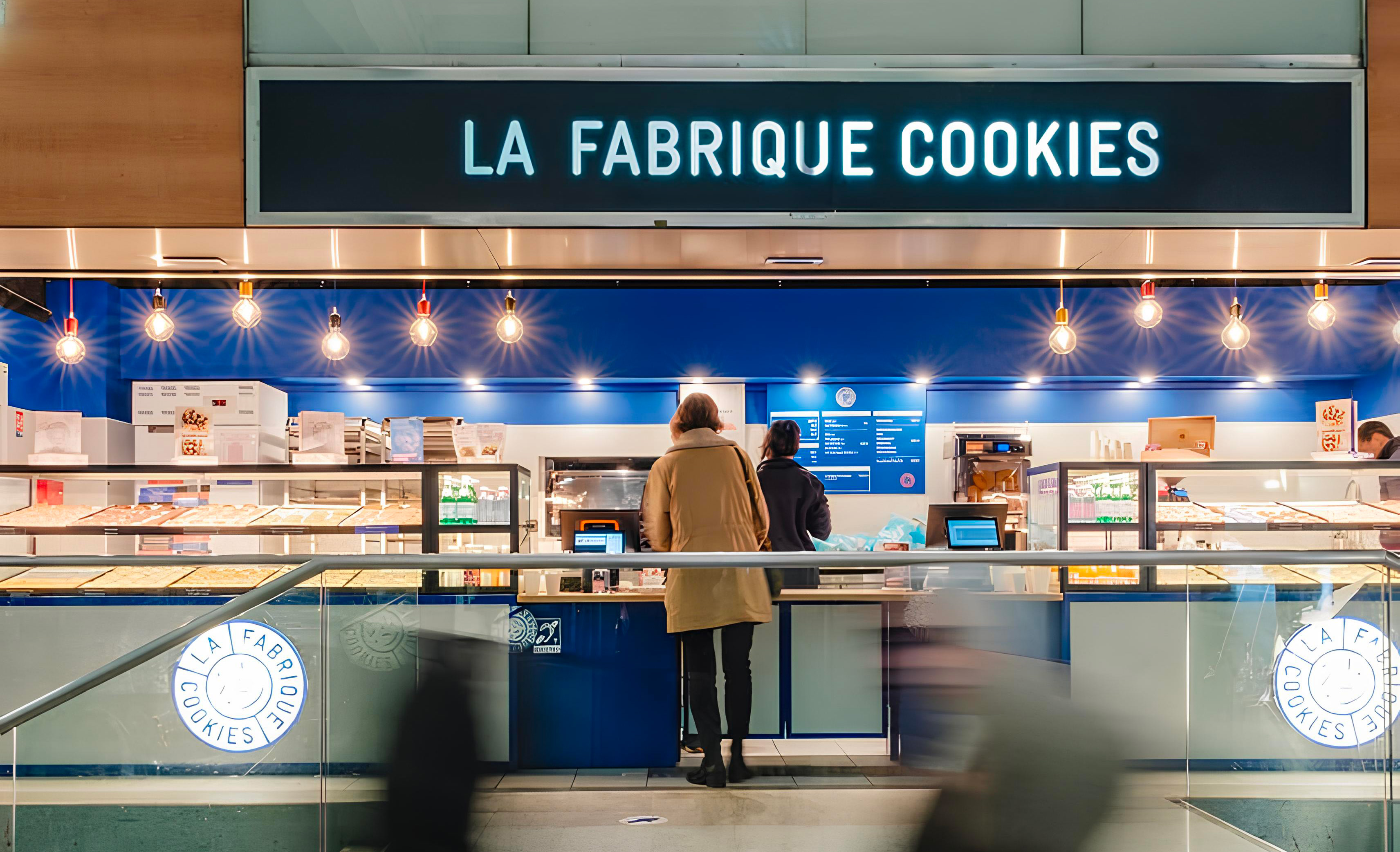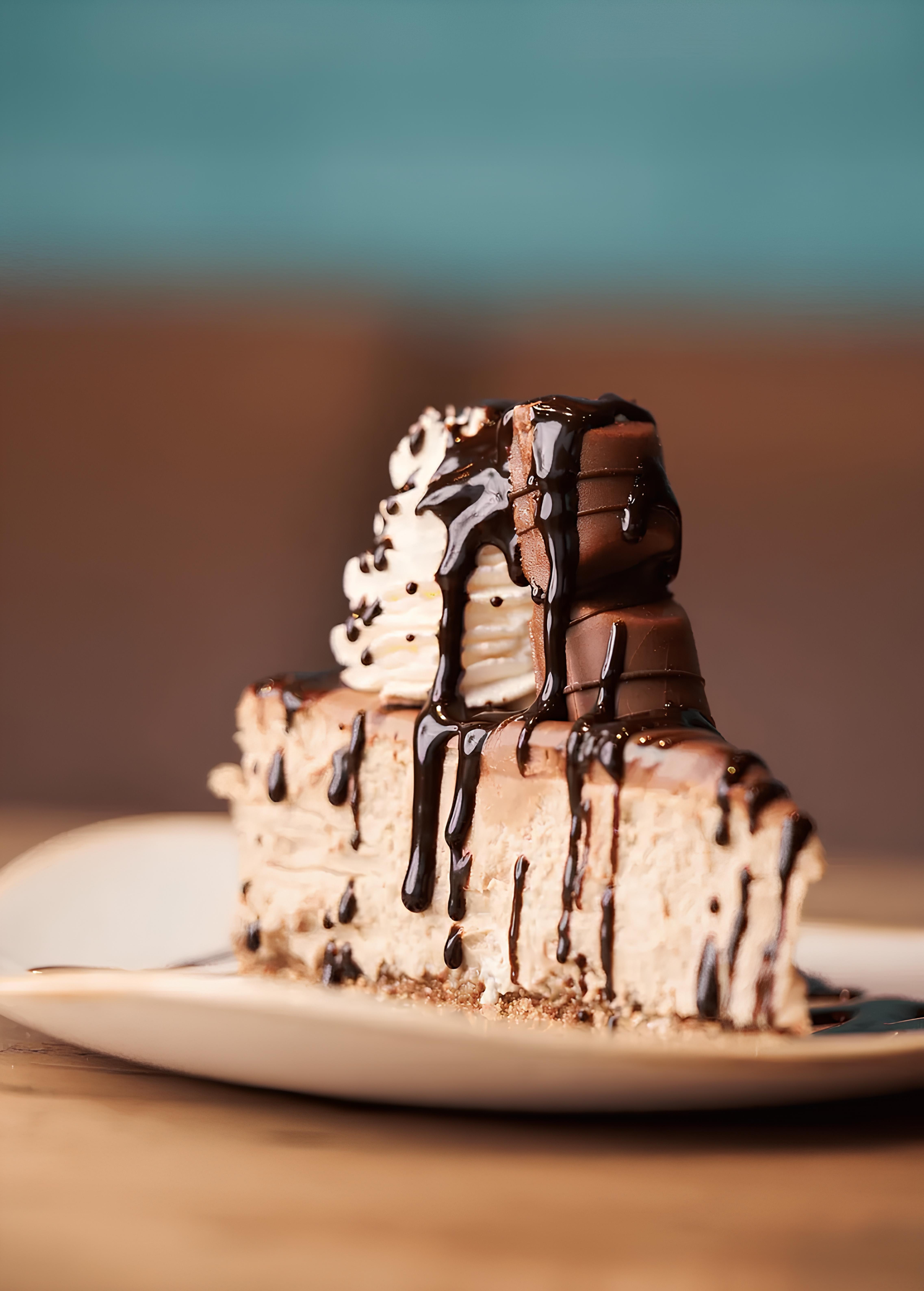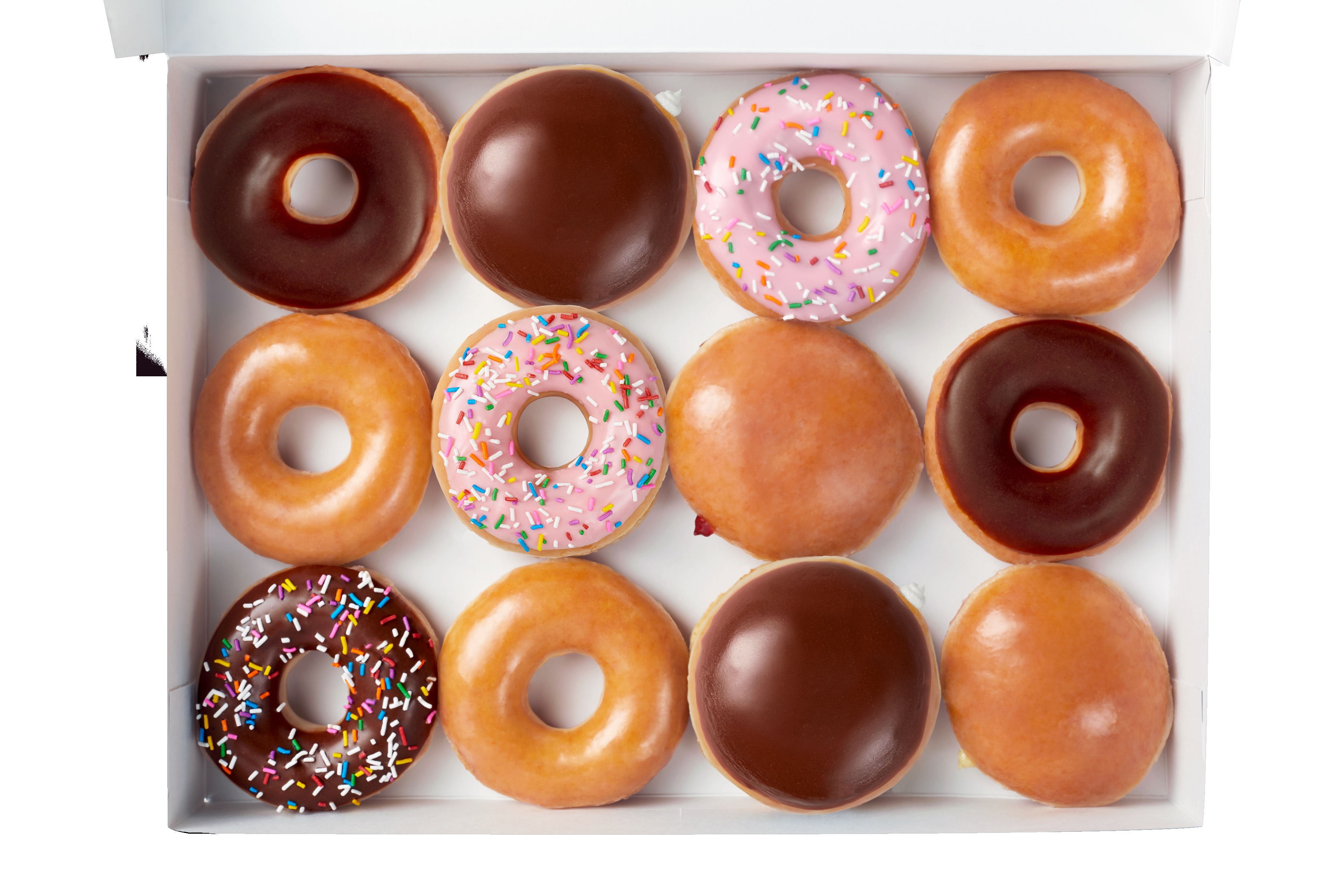Cookies, muffins, cheesecakes, donuts…: American pastry is carving out a place in the French culinary landscape.
Text by Rémi Héluin
Cover photo by Erlian Zakia
Within pastry shop displays, the blending of flavors and textures continues to expand. And yet, one might have expected stronger resistance from France’s deeply rooted pastry tradition. But in less than 40 years, cookies and muffins have become staples of the French snack break. The cultural connection between America and the Old Continent keeps growing, fueled by social media and a new generation hungry for culinary exploration—offering them the chance to travel without leaving home. It’s an opportunity donut promoters are eager to seize, as they grow in number across France.
“Before we opened on December 6, 2023, I was often told that there was no market for donuts in France,” laughs Alexandre Maizoué, CEO of Krispy Kreme France, part of Wagram Food Service. But the brand, founded in 1930 in the United States, has clearly defied all expectations by setting up shop in the very heart of Paris, right inside the Forum des Halles. “We generated €1 million in revenue during our first 24 days of business—far beyond anything we imagined!”
Since then, the donut’s journey has continued, even in territories deeply rooted in iconic recipes like the croissant, éclair, or baba au rhum.
It’s following a path already paved by other American imports, like the cookie. In 2022, nearly 28,000 tons of this quintessentially American treat were sold in France (source: Statista), making it a heavyweight in the cookie and biscuit market. Cookie specialists have multiplied, especially in busy areas like train stations and shopping centers: Laura Todd, La Fabrique Cookies, Millie’s Cookies… all familiar names among fans, most of them expanding through franchises to tap into a wide range of locations, from transit hubs to downtown streets.

© La Fabrique Cookies
The United States: A Source of Inspiration, Even for the Greatest Chefs
While muffins and brownies also accompany many sweet moments, it’s arguably cheesecakes that have been most widely embraced by renowned French pastry chefs—Pierre Hermé among them. During the Americas selections of the Pastry World Cup, this iconic pastry creator, who also serves as president of the competition, didn’t hesitate to describe the United States as “one of the most important pastry capitals in the world, home to many desserts that have become globally popular and widely enjoyed.” In his Maison’s boutiques, cheesecake takes on multiple flavors: orange–passion fruit, rose–raspberry–lychee, pistachio–morello cherry… Sophisticated interpretations that bring the chef’s universe into dialogue with the textures and flavors born across the Atlantic. Some have made a true specialty of celebrating this creativity around cheesecake, like Jonathan Jablonski, head of the Factory & Co brand, who has developed more than 15 variations of the creamy dessert.

© Factory & Co
A bite of American pop culture you can sink your teeth into

© Krispy Kreme
In reality, these pastries don’t just feed the body—they also speak to the soul. “We’re not just donut sellers; we help bring a bit of American pop culture into our customers’ everyday lives,” says Alexandre Maizoué. The CEO refers to a “Netflix generation” saturated with content where the iconic round pastry is everywhere. Despite the brand’s global fame and the product’s iconic status, donut specialists still face the challenge of educating the market. For now, it's hard to imagine donuts becoming a typical French breakfast item, as they are in the U.S. The arrival of new players—like Dunkin’, which opened two Paris locations in May 2025—and the growth of franchise-based brands such as Donuts & Donuts, Royal Donuts, and Dreams Donuts are boosting the category’s visibility. However, these developments also mask significant differences in positioning. “Donuts are often seen as an industrial product. Three major producers account for most of the volume. We, on the other hand, champion a fresh, made-daily product crafted in our own workshop, then distributed to our 22 stores as well as through display cases we've rolled out in supermarkets, thanks to an initial partnership with Franprix,” explains Maizoué. This vision of the “fresh donut,” with its distinct texture, stands in contrast to frozen alternatives—a stance also supported by Dawn Foods, a company that supplies ingredients to both donut specialists and artisanal bakers or restaurateurs. Their preparation method can be mastered by professionals in under three hours, with the only real hurdle being the need for deep-frying equipment. Still, this diversification could open the doors to a lucrative market: according to industry insiders, donut consumption is expected to grow by nearly 10% per year.
National Donut Day, Pac-Man, and Nutella
To push the boundaries of expanding these indulgent treats—often at odds with nutritional guidelines—the key may lie in events and constant reinvention. Every year, on the first Friday of June—this year, June 6, 2025—the U.S. celebrates National Donut Day, a tradition that has gone global alongside the rise of the donut itself. Created in 1938 by the Salvation Army in Chicago, the holiday originally honored the women who served donuts to soldiers during World War I, and later to people in need during the Great Depression. “Our flagship product is the Original Glazed donut, which is truly one-of-a-kind,” explains Alexandre Maizoué. “But we bring joy and color to our display cases with limited editions every seven to ten weeks.” The latest campaign? A collaboration with Pac-Man. Another key to success: adapting to local tastes. In France, for instance, the traditional chocolate-hazelnut filling has been swapped for Nutella to provide a sense of comfort and familiarity.
In the face of what some see as an American sugar wave, concern is growing among French bakers and pastry chefs who are deeply attached to their national culinary identity. And yet, thanks to the growing diversity of consumption moments, there’s still room for everyone: a typical Krispy Kreme customer visits just three times a year on average. The brand sold 5 million donuts in France in 2024 and aims to double that this year. Its long-term goal? 50 million units through 500 points of contact—including brick-and-mortar shops and refrigerated display cases in supermarkets—within five years. For perspective, the French consumed 1.8 billion croissants in 2021. So yes, the donut still has some digging to do if it hopes to rival that heavyweight.